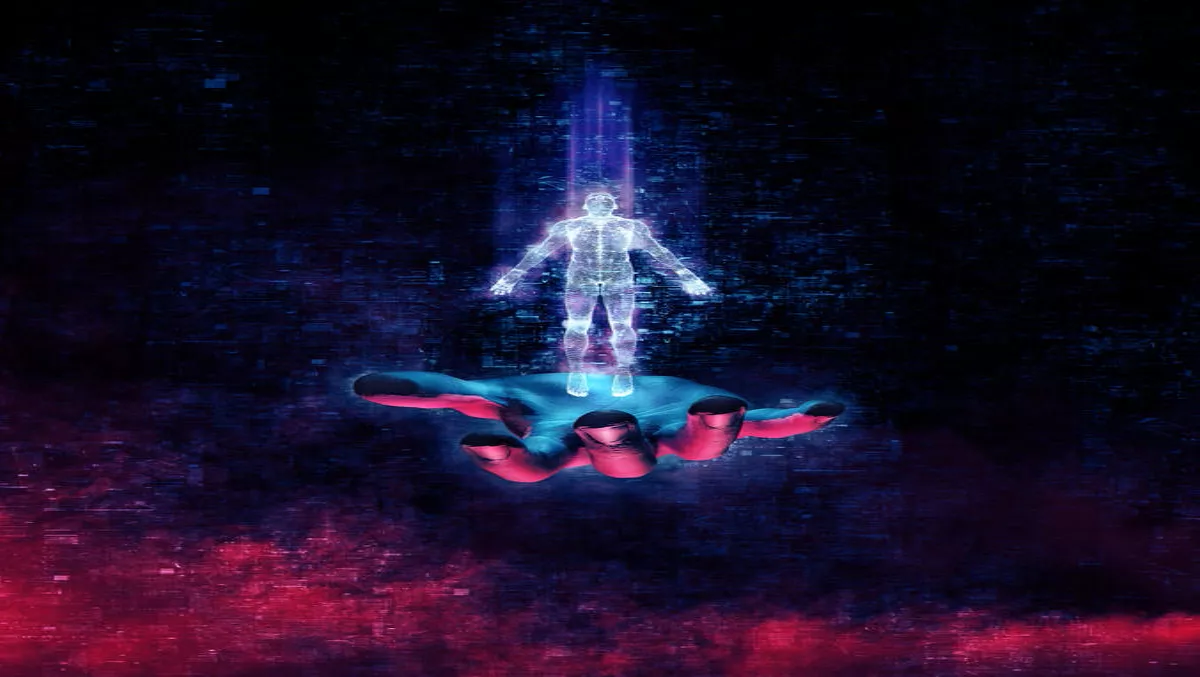
WiFi can create holograms of objects, even through walls
WiFi is everywhere, of course. As the electromagnetic waves bounce out from routers to connect us and our many devices to the internet, they also travel through empty space, refract around corners, and even pass through walls.
Two German researchers have developed a method to harness Wi-Fi signals to capture 3D hologram images of objects in and around a network, even through solid walls and doors and other obstacles. The key is recording the shapes made by stray radiation (the electromagnetic waves that bounce off objects as they travel through the air).
The research behind the 3D-imaging method, which started as an undergraduate thesis project before having the resources of a larger study poured into it, was originally published in the Physical Review of Letters earlier this month. The technique outlined in the study was able to provide images as frequently as 10 times per second and recreate the contents of an entire building in a large-scale simulation.
Using Wi-Fi for imaging isn't an entirely new concept, but the authors of the paper behind this innovation claim it's the first time the signals have been used to produce 3D hologram recreations of large areas. The system isn't accurate enough to distinguish complex or finer details currently, but it works to identify individual shapes or objects in a certain space perfectly.
"If there's a cup of coffee on a table, you may see something is there, but you couldn't see the shape," says Philipp Holl, co-author of the study.
"But you could make out the shape of a person, or a dog on a couch. Really any object that's more than four centimeters in size."
The method uses Wi-Fi signals to 'scan' a room, acting as a small-time radar. Transmitting devices, such as phones and other electronic devices, act as lightbulbs for the imaging system. The system depends on two antennae: one scanner tasked with mapping out a 2D plane, and another that records the signal.
Once the antennae collect the image data, the three-dimensional views of objects and emitters are fed into a digital reconstruction algorithm, which creates the hologram map of objects within the targeted area. More attennae = more accuracy and speed.
The real-world applications imagined by the researchers could include things like tracking tools and equipment in a factory space, finding trapped people in buildings in terrorist attack or natural disaster situations. Of course, privacy is a major concern as the technology develops and one would hope this is at the forefront of developers' minds.

